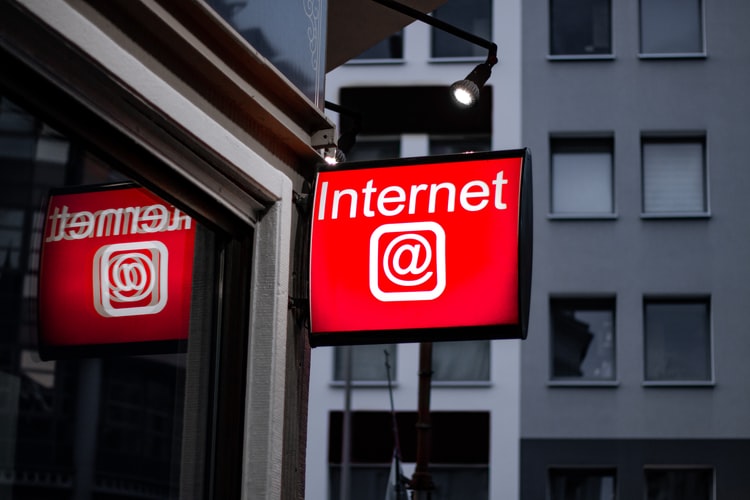Types of Internet Providers: Cable vs. DSL vs. Satellite and More

Fiber
Fiber optic cables are the backbone of the global communication system. The usual bandwidth they offer is between 50 – 1000Mbps. The average price range for fiber is $50 – $100 a month. Availability is limited, but it’s the best option for data-intensive applications, extremely fast speeds, low latency, is reliable, and has no data caps.
Cable
Next to fiber, cable offers the fastest connection speeds. Typical bandwidth is between 25 – 200Mbps, and the average price is between $50 – $150 per month. Cable offers dedicated, standalone, and always-on connections. They’re faster and more reliable than DSL, satellite or dial-up. But bandwidth is shared in the neighborhood, installation and monthly service are expensive.
Dial-Up
It exists, but there’s no reason to choose it. Speeds are between 40 – 50Kbps, and it’s priced between $5 – $20 per month. You need a landline for this very slow connection, and we can’t imagine why anyone would use this anymore.
DSL
This is broadband and offers speeds between 5 – 45Mbps. Prices range from $40 to $80 per month. It’s widely available, relatively inexpensive, and offers dedicated bandwidth, unlike cable. But connections speeds are slow for uploads, and you need to be close to your ISP for speed and performance.
Fixed Wireless LTE
Fixed LTE internet service is transmitted from the same towers that provide phone networks. The usual speeds offered are between 5 – 10Mbps, and prices range from $50 – $80 per month. This type of connection offers decent broadband internet service in rural and remote regions and doesn’t require wires or cables to be connected in your home. But it is subject to data caps, high overage fees, and high latency times.
Satellite
This is an internet connection beamed to you from space. Typical connection speeds range between 10 – 30 Mbps and costs between $50 – $150 per month. It’s widely available even in rural and remote areas and offers competitive pricing. But data caps can cause expensive overage fees, and it’s laggy and prone to disruption.
5G
Internet of the future with speeds between 250 – 4,000Mbps. It’s super-fast, low latency, dedicated bandwidth, no caps, but the technology is untested. Signal strength could be an issue too.


